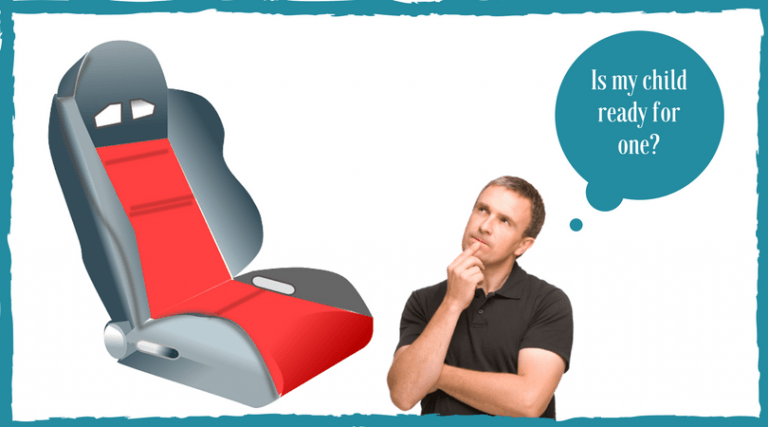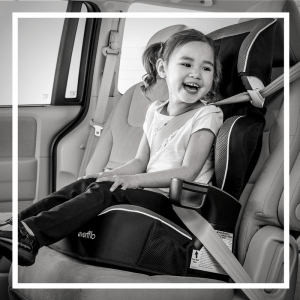The Ultimate Cheat Sheet on Booster Seats
Booster Seats
Booster seats are for children weighing 40-120 lbs. Your child may be four years old and may already weigh 40 lbs. (or 18 kgs.), but this does not automatically mean that he or she should already use a booster seat, according to SEATS for Kids Coalition’s Executive Director, Deanna Lindsay.
The Safest Seats for Passengers
The law says that the youngest passenger should always be in the middle of your car and should have the proper car seat based on their weight and age. Four to seven year-old children must use high-back booster seats until they reach the upper height and weight limit of the seat. Eight to 12-year old kids who have not reached four feet and nine inches in height may use high-back booster seats or low-back booster seats together with the vehicle’s adjustable headrest until they reach the upper height and weight limit of their seat.
What Ages Need a Booster Seat?
Children who are around 7-8 years of age.
Determining the Need for a Booster Seat:
Meeting the most basic age and weight eligibility guidelines is not enough to justify the use of a booster seat. Children should also have the necessary maturity to be able to use such a seat upgrade. The parent must ensure that their youngster can sit in the booster seat properly. One consideration is that the kid should have the maturity not to push his or her shoulder belt off just to reach for things, like toys. If your child has already outgrown the harnessed seat while still not being mature enough for the booster seat, then we would recommend a higher and taller harnessed seat as an interim solution.

How to Maximize Safety in Using Booster Seats:
High-back booster seats for kids support the head, in case they fall asleep. These also provide a fit that is much better for one’s shoulder belt. The portion on the child’s lap should be lying flat across his or her hips, instead of across the belly. This can decrease the risk of incurring internal injuries should a crash occur. Your child’s shoulder belt must be sitting across the collar bone without his or her neck sliding down or being pinched.
Booster Seats for Your Growing Child:
You should use the booster seat continuously until your child is big enough to properly sit on the car seat without any assistance. Your child may naturally resist the booster seat, especially when he or she reaches the age of being self-conscious around the other kids in school or the car pool kids who have already stopped using booster seats. To remedy this, a booster model that is backless and comes in the child’s favorite color might ease their anxiety.
Installing Your Booster Seat:
There are a number of ways to install your booster seat safely. Your Universal Anchorage System or UAS may be used if you have it; otherwise, you may use a seat belt that has an added locking clip. For those seat belt models that do not come with a locking feature, you may need to consult the specific car manual as well as the user manual of the booster seat, in order to decide which method is best to use. The booster seat can be ideally placed in the middle of the back seat. Once you have positioned and secured the seat, you may place one of your knees on the middle of the seat and use your own body weight to fully tighten the straps. Once you have finished, the booster seat should not move in any direction beyond an inch along the path of the belt.
Other Safety Information
You should be aware that if your car seat accessories did not come with the seat, then you might have to consider them unsafe to use. Such accessories include trays, comfort strap covers, and liners. You should first check with your booster seat manufacturer before using them.
The most important factor in using the booster seat is to be thoroughly familiar with the manufacturer’s instructions. Read the manual and watch the instructional videos on YouTube. One instruction for all these brands is to make sure that the seat does not move during travel. Tighten it and make sure that it is completely secure, and is holding your child firmly.







